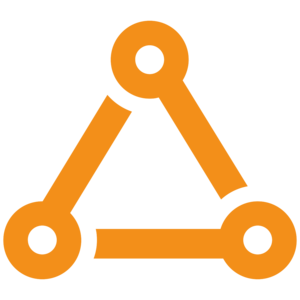Triads
Triads is a structured sharing activity for identifying the advantages and disadvantages of an object (examples: iPad, chicken soup) or a process (examples: meditation, conflict management). It also enables the participants to leverage the advantages and to reduce the disadvantages.
Goal
To creatively synthesize the positive and negative aspects of an object or process in order to increase its usefulness.
Materials
Instructions
Flow
Brief the participants. Identify an object or a process to be explored and improved. Ask participants to think of the advantages and disadvantage of the object or the process. Announce a 1-minute time limit.
Example:
Process: Activities-based training.
Advantages: More engaging to the participants. Makes the content easier to recall.
Disadvantages: Too much chaos and disruption. Some participants do not have the skills to learn through this approach.
Organize participants into triads. If two people are left over, join them to form a triad. If only one person is left over, make her a nomadic observer and eavesdropper.
Share an advantage. Ask the tallest person in each triad to share an important advantage of the object or the process. Announce a 1-minute time limit. Encourage the tallest person to explain details of this advantage and to answer questions from the other two members of the triad.
Share a disadvantage. After a minute, ask the shortest person in each triad to share an important disadvantage of the object or the process. As before, announce a 1-minute time limit and encourage the shortest person to explain details of this disadvantage and to answer questions from the other two members of the triad.
Improve the usefulness of the object or process. At the end of 1 minute, ask the third member of the triad to recall the advantage and the disadvantage. Invite this person to share her ideas on how to leverage the advantage and to reduce the disadvantage. Encourage the person to focus on the single advantage and disadvantage that were identified by the other two members of the triad.
Collaborate on continued improvement. Ask the members of the triad to work together to generate additional ideas for increasing the advantage and decreasing the disadvantage. Encourage the participants to integrate and synthesize different ideas into a practical strategy. Announce a 3-minute time limit.
Share the ideas. After 3 minutes, invite different triads to share the results of the discussion by identifying the advantage and the disadvantage and presenting the improvement strategy.
Background
Source: Thiagi Group



Comments (0)